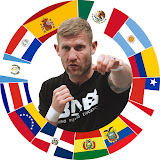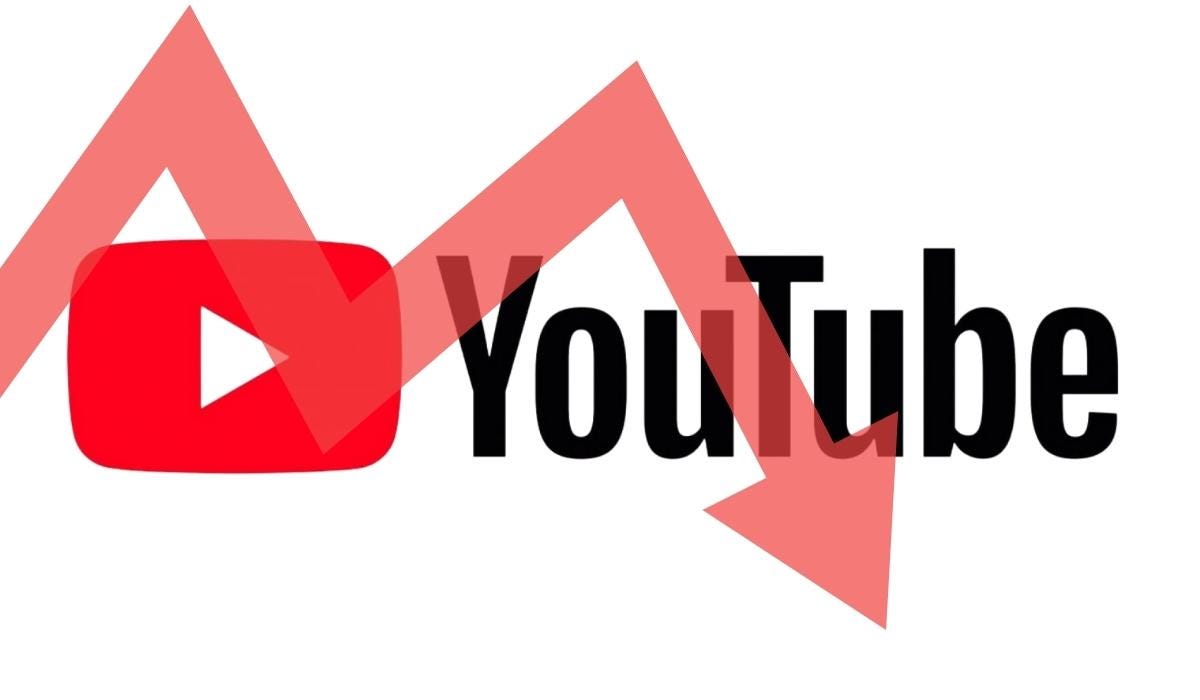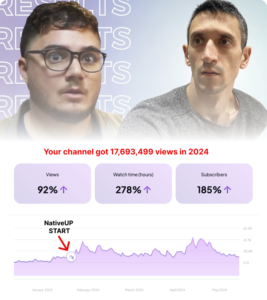Hi friend Creators,
This is a safe space where you and other fellow creators should be able to find hacks and improve your dubbing game.
In that spirit, we want to dive deep into the fear of Content Creators and explain, why translated YouTube channels fail to succeed?
Why is it that some dubbed channels fail to bloom and others are so successful? How come multi-audio has sent some YouTubers to the moon and other channels die before they even get a chance to prove themselves to the world?
This episode is merely an empirical study of what is publicly available, and under no circumstance is it an assessment of other people’s work, goals or decisions.
Our stars of the day will be two English YouTubers who recently took on the challenge of surfing the ocean of Spanish Content.
Tony Jeffries
in English
FightTIPS
in English


Tony Jeffries
in Spanish
FightTIPS
in Spanish


The Ugly Truth
While we cannot know the specific goals of each Creator, the strategy behind each dub, or even the caliber of the professionals who dubbed the content, we surely can grab a few take-aways and learn a thing or two:
Content localization is a big deal:
Error-free translations and descriptions are essential for your audience to feel attracted.
Accents are key to keep your engagement rate up:
If you ever called an HD, and the minute the agent with a hard accent started talking your mind drifted away, then you know what I’m talking about.
Upload Strategy:
Ignoring the old upload schedule can sink your dubbed or multi-language channel before it gets noticed. Write a content calendar, and stick to it.
Dubbing agencies often hire professional translators to do this job, but no diplomas can beat the riveting lingo of native speakers using localized expressions.
Linking your translated channel with the original channel may seem harmless, but the ripple effect of having your home audience enter your channel to snoop around could quickly doom the new channel to failure.
This tiny-tiny connection can mislead the algorithm, show your content to the wrong target viewers and result in loss of visibility.
Defining Your Goals and Choosing a Target Language are the two majors to avoid throwing your money to down the drain.
Translating your content can increase revenue ONLY IF you do it right.
The English content by nature belongs to a High CPM/RPM bubble.
If your goal was to increase revenue through YouTube monetization, Spanish although highly spoken, may not be as profitable as a less spoken language with actually higher CPM/RPM.
The same applies to sell online products. You can’t expect your new viewers have the same purchasing power than your regular followers simply because not all demographics have the same purchasing power than the English average population.
Ask your translation agency to teach you a few words or phrases to interact with your viewers… small gestures go a long way.
If you found this episode interesting, have doubts or suggestions, drop us a line.
Read you soon!





